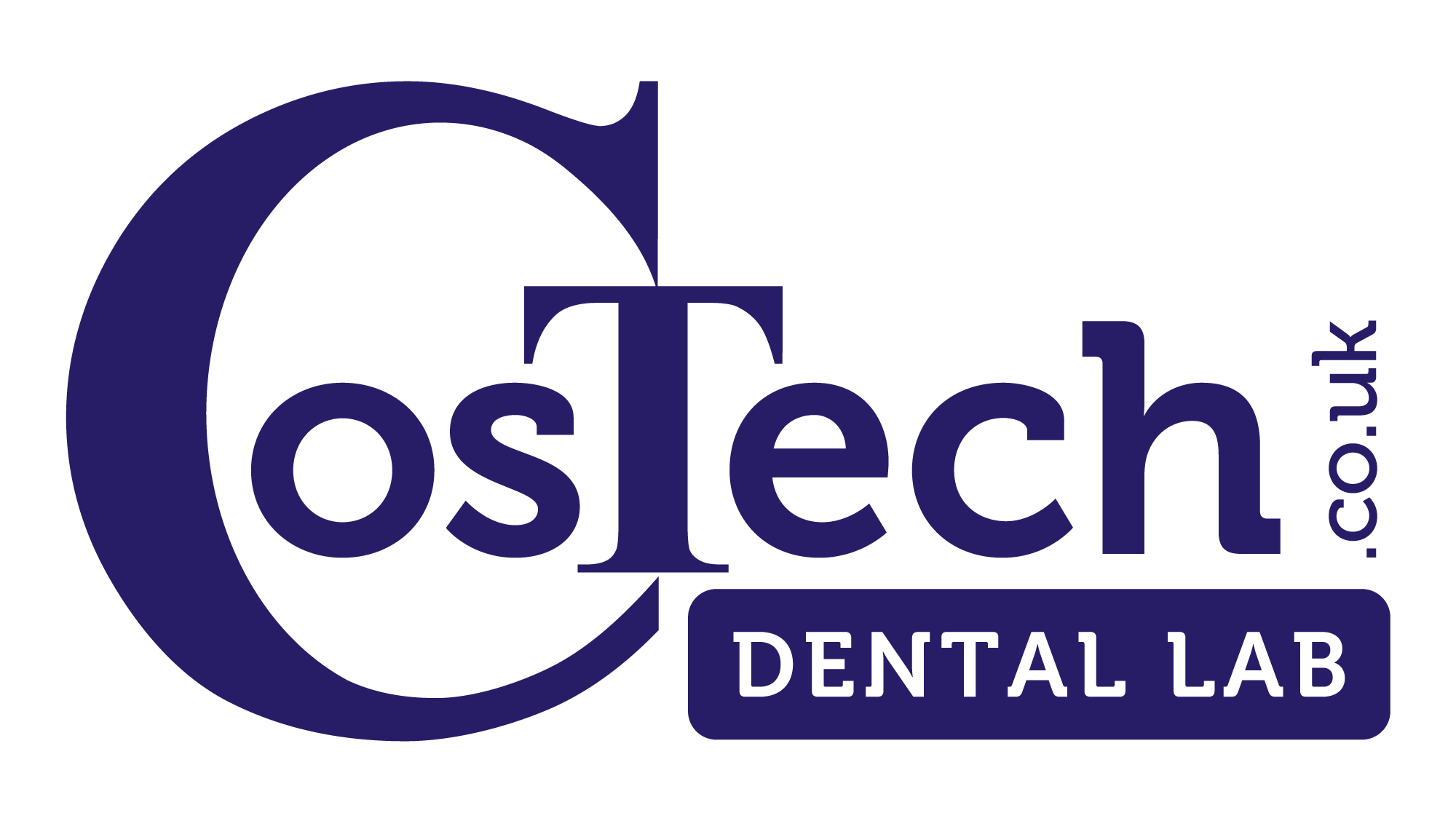With countless technological leaps and bounds being made in recent years in the dental industry, it is strange to think that many clinicians continue to rely on essentially making “plaster casts” of a patient’s dentition. However, dental impression materials represent a consistent reliable means of recording the condition of patients’ teeth for the purpose of creating accurate and convincing crowns, bridges, or dentures.
The most widespread method of acquiring a dental impression is through the use of impression or bite trays designed to fit around the teeth and gums. These non-toxic plastic trays are treated with an adhesive, and are then filled with a viscous alginate material and placed into the patient’s mouth, which sets around the teeth to give a negative model or mould of the patient’s dentition. This mould is then sent to a laboratory where technicians use the impression to produce a replica of the patient’s teeth and soft tissue, and then use this data as a basis for producing a denture or implant. There are a number of these impression materials available for dentists to use, each with its own particular properties that make it each clinician’s personal working preference.
There are two major categories that these materials fall into; mucostatic, and mucodisplasive. Mucostatic materials are generally more fluid than other materials, therefore displacing the patient’s soft tissues less when they bite down into the impression tray. This gives a more accurate impression of the undisplaced mucosa as it would be at rest, and resulting in better retention of the denture or implant. The disadvantage of mucostatic materials, however, is the increased possibility of instability occurring in the impression as it cures.
Mucodisplasive impression materials are much more viscous and more elastic than alternative materials, and record an accurate impression of the mucosa under load. This results in a wider distribution of load while curing, making the resulting impression more stable. This does however mean that the patient’s soft tissue will not have been at rest while the impression was being taken, which can result in retention of the implant or denture being compromised.
Many manufacturers do little to prevent these retention problems occurring, quite often providing dental practitioners with inaccurate or hard to follow instructions on the proper use of impression trays or the materials. As well as the possibility of inaccuracies forming during the curing process, the method of using bite trays also comes with additional disadvantages when it comes to hygiene. Dental impression trays are intended to be a single use only, disposable product that the clinician should discard after use. A number of dentists have, however, attempted to rinse and re-use trays as a cost-cutting measure, a practice which goes directly against HTM01-05 guidelines.
With all of these issues combined, there is a clear demonstrable need for an alternative means of producing a model of patients’ dentition more accurately and hygienically. There is, however, an effective, modern alternative in the form of digital scanning technology.
A number of manufacturers have developed pioneering intraoral scanning systems, whereby the clinician can obtain a virtual impression of the patient’s dentition rather than a physical one, which can then be replicated via CAD/CAM technology. There are a number of advantages to this system over traditional impression materials, the first being that the procedure of taking the impression is a much less intrusive and more comfortable one than using an impression tray. The entire process also takes much less time, with gigital technology eliminating many of the production stages associated with other materials both in the surgery and the laboratory, including tray selection, material dispensing and setting, shipping and die cutting. There are also fewer hygiene concerns, as digital equipment is designed to be easily sterilised after use unlike disposable trays.
There is however a major factor preventing many practitioners from investing in this technology; the up-front cost can be significant, and the introduction of new technology and equipment to the practice can have training implications among staff. While this is not necessarily a concern for larger practices, many smaller or struggling practices, or those that don’t do as much restorative work as others, may be reluctant to sacrifice the capital associated with this equipment, and given the choice would prefer to continue using traditional methods f retrieving a dental impression.
With this in mind, CosTech Elite® has begun production of its new line of dental impression trays. ThankYou Impression Trays are an exclusive new offering set for launch in May 2012, and will be supplied to dentists completely free of charge. By alleviating the costs incurred on the practitioner, CosTech Elite® aims to eliminate the possibility of dentists attempting to reuse their trays. CosTech Elite® produce these trays to the highest standard, and also offer fantastic customer support for all of their products, so clinicians can rest assured that they are getting the best results possible from their impression trays.
When deciding upon what impression materials to use, it is clear that there is a lot to take into consideration. Accuracy of results should be the highest priority, however it is important to consider what method you are most confident in using, and what your practice can afford. Whether you opt for the latest in digital scanning and CAD/CAM technology, or would prefer to continue using plastic impression trays, there is an option available to suit your budget, your preferences, and most importantly your patients.
